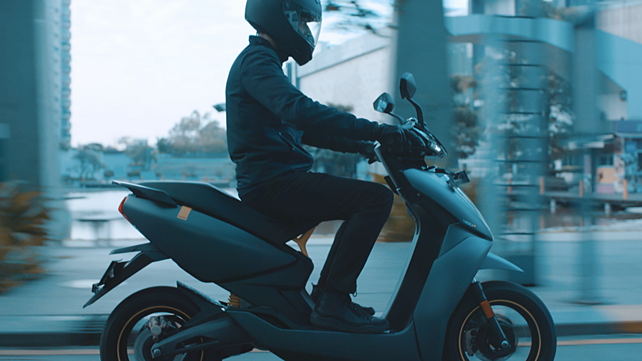
In what may have come as a relief for electric two-wheeler manufacturers in the country, the Government of India has tweaked the Faster Adoption and Manufacturing of (Hybrid) and Electric Vehicles (FAME-II) to utilise the idle funds, which were meant to spur the growth of electric vehicles.
In a partial modification, the Ministry of Heavy Industries and Public Enterprises notified that the demand incentive has been raised to INR 15,000/Kwh from the earlier INR 10,000/Kwh . The subsidy will have a cap of 40% of the cost of the vehicle.
Apart from increasing the subsidy on two-wheelers, the Ministry of Heavy Industries and Public Enterprises in the draft notification informed that electric three-wheeler (e3W) aggregation will be the key method for bringing the upfront cost of e3W at an affordable level and at par with ICE three-wheelers.
For this, EESL will aggregate demand for three lakh e3W for multiple user segments. For electric buses, EESL will go for aggregation of demand in nine major cities, which have a population of four million for remaining e-buses under the scheme on an Opex basis.
The FAME-II under National Mission for Clean Mobility was announced on March 8, 2019, for a period of three years, which will end on March 31, 2022. However, due to strict conditions on localisation, the FAME-II scheme saw less traction. So far, only 5% of the funds allocated have been used.
According to various reports, the government is also working to extend the FAME-II policy till 2024.
In a statement issued by Ather Energy on this new development, Mehta said, “The revision in the FAME policy, increasing the subsidy by 50% per KWh is a phenomenal move. Sales of electric two wheelers have grown despite the pandemic and with this additional subsidy, we expect e2W sales to disrupt the market, and clock 6 million+ units by 2025.”